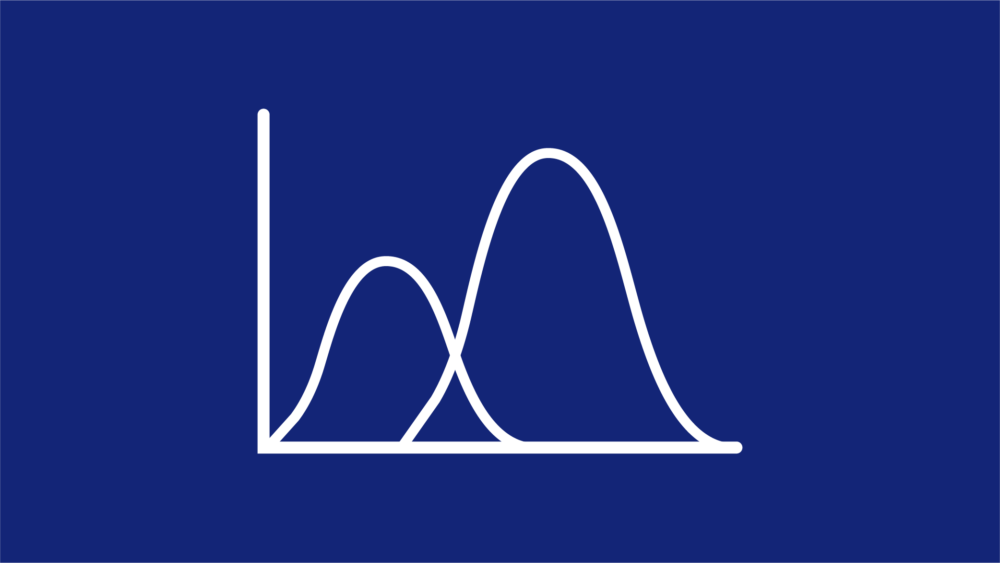Solutions for Zirconium
Calculate the following based on your actual alloy chemistry:
Application Examples
Oxygen Impact on Phase Equilibria and Transition Temperatures
Oxygen is one of the major impurities in Zr-based alloys and has a strong influence on the α/β transus temperature and corresponding phase compositions. Thermo-Calc can be used to predict the sensitivity of varying amounts of oxygen on the α/β transus temperature for different alloy chemistries.
The figure here shows a comparison of calculated values with experimental data from HUN, et al. (Journal of Nuclear Materials), where α+β →β transition temperatures were measured at different oxygen levels in the Zr-rich region. As can be seen, the calculation results are in good agreement with the experimental ones.

Hydrogen Impact on Phase Equilibria and Transition Temperatures
The oxidation of zirconium by water releases hydrogen gas, which partly diffuses into the alloy. As this occurs, an increase of hydrogen in solid solution results in a lowering of the α/β transus temperatures and, if the solubility limit is exceeded, also leads to the formation of zirconium hydrides. These hydrides are less dense and are weaker mechanically than the alloy and so their formation results in blistering and cracking of the cladding – a phenomenon known as hydrogen embrittlement.
Thermo-Calc can be used to predict the sensitivity of different alloy chemistries to hydrogen, as can be seen in the figure here, which shows the calculated H solubility in HCP_Zr compared with published experimental data from Zuzek et al. (Bulletin of Alloy Phase Diagrams).

Learn more about Applications to Zr-based Alloys
Eutectic reaction and oxidation behavior of Cr-coated Zircaloy-4 accident-tolerant fuel cladding under various heating rates
Incorporating Insights from First-principles into Calphad Descriptions of Atomic Ordering
A collection of examples that demonstrate the validity and calculation abilities of the TCZR database.





